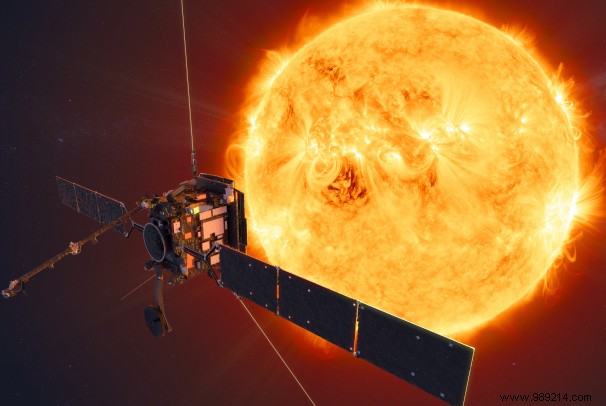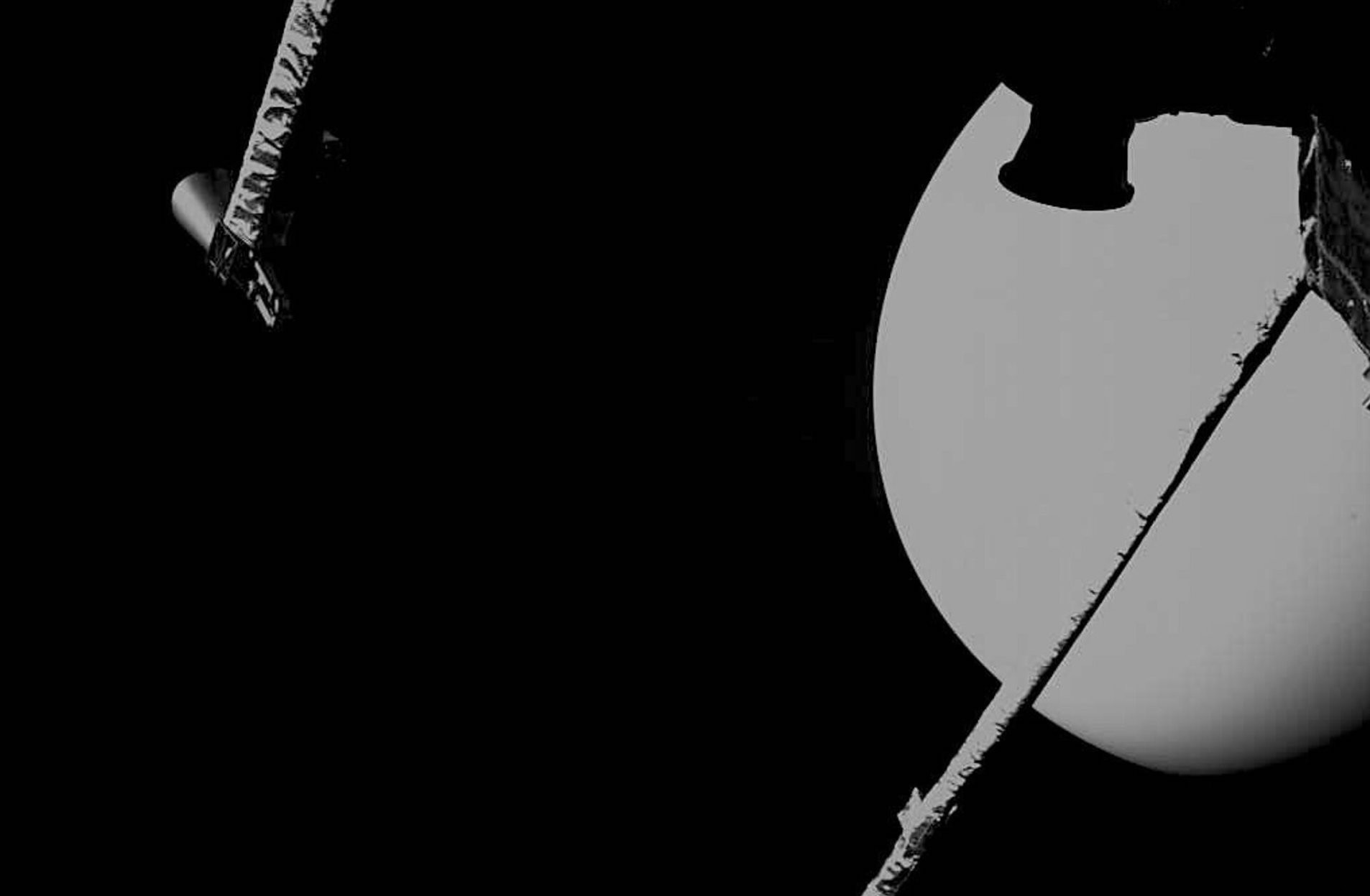The Solar Orbiter and BepiColombo probes will perform flybys of Venus in a few days less than thirty hours apart in order to take advantage of a gravitational braking system .
Travel in the Solar System is not in a straight line and is very energy intensive. To reach a planet, moon or asteroid while minimizing the amounts of fuel available, engineers then rely on "gravitational slingshot" effects. When a probe passes close to a planet, it undergoes its gravitational attraction and suddenly finds itself accelerated. These techniques also allow you to get back on desired trajectories.
To reach the inner Solar System and the desired destination, the probes need a number of flybys involving multiple planets. However, two maneuvers of this type are expected next week.
Next August 9, at 6:42 a.m. (French time) , the NASA/ESA Solar Orbiter will approach 7,995 km from Venus in order to get out of the plane of the ecliptic (the geometric plane containing the orbit of the Earth around the Sun). In this way, the probe will gain speed to head towards the poles of the Sun, about 42 million kilometers from our star. For comparison, it's about the same level as the planet Mercury.
According to the ESA, it will unfortunately not be possible to receive high-resolution images of Venus during this flyby. The Solar Orbiter probe is indeed facing the "wrong way" in order to keep its solar panels pointed towards the Sun.

August 10 at 4:48 p.m. French) , the ESA/JAXA BepiColombo probe will also approach Venus, about 550 km from the planet , to head for Mercury, which it will join in 2025. This will be the second flyby of Venus by the probe, which will also have to perform six flybys of Mercury before being able to place itself in its final orbit.
Note that the probe's main camera will also not be available to capture this flyby. In contrast, low-resolution black and white images will be returned from two of BepiColombo's surveillance cameras.

Once there, BepiColombo will have to release two orbiters . That of the ESA, the Mercury Planetary Orbiter (MPO), will carry out a complete mapping of Mercury, while the Mercury Magnetospheric Orbiter (MMO), developed by JAXA, will be responsible for studying its magnetic field and its magnetosphere.